|
The "Hot and Cold" list began back just before Gardenwalk at the end of July. I think its inspiration was the Purple Cone Flower which was beginning to bloom - EVERYWHERE. Yet, Caitlin and I had just taken a ride out to the greenhouses and were in love with all the "fun and new" Echinacea - although, still not fun enough to make the hot list. This list that follows has no intention of making some objective representation of what is actually trending in the market right now. This is purely a subjective list of what has been capturing my attention and repelling me. I would totally love some dialogue on this. (Insert Happy Face Emoji) You will need to look these up on your own if you don't know them. See it as an exercise.
8/13/2016 Ferncroft #4Another afternoon spent with Ferncroft in the wedding floral world. I swept the floor over and over again while I yammered on with my criticisms. I feel like today someone listened. Sometimes. The images above are about Erin's shirt. Elizabeth. I just smile all day with her around. She brings a balance - as if it takes the two of us to sooth Erin's intensity. She's a good listener. The Work Today: Thank you for looking. :) 8/13/2016 Madder Lake: A Casual Flanuery.The end of my flaneury - "The Flanuer," much spoken of, points to a literary figure of late 19th century Paris that we may think of as "stroller" or "urban explorer." And so, this latest Flaneury of mine, I became curious about a landscape designer and florist I have spoken of with Ferncroft many times - "Madderlake." Ferncroft tells me that Madderlake began the movement of using "natural and gardened" flowers in floral design, part of the world I call "critical floristry." So, as if strolling through a city, I begin my explorations through books, the internet, conversations, etc. The end of my flaneury came at the image always pointed to in discussion of "the flaneur," Gustave Coillebotte's "Paris Street, Rainy Day"(1877), asking "I wonder if that's madder rose." This search about for a history of Madderlake took me back several thousand years. This was difficult to understand as I believed their work only dated back to the early '90's - contemporaries with an Australian band who released three albums around the same time. Also adding to the confusion is Stephen King's 1995 Novel "Rose Madder"; where a woman escapes the life of an abusive husband, runs away to the midwest secretly hiding and developing new relationships. She pawns her wedding ring for a painting of a woman in a gown colored "Rose Madder." The painting for her becomes a gateway into another world, and the woman in the gown asks her to journey through a labrynth to rescue her baby - presumed to be the baby lost due to the abuse of her husband. Her abusive husband finds her and following a spree of violence against her friends, she leads him to her apartment, into the painting, where he becomes a bull and is slayed by Rose Madder. Rose Madder gives her seeds which she plants to become a tree. As time goes on, she suspects her own development of tendencies towards violence like her past husband exibited - only now she has the tree, big and violent looking, that she is able to transcribe her violences into and lead a happy normal life. 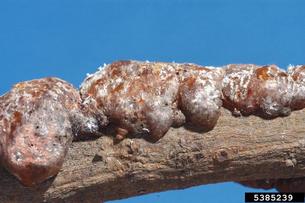 Lac Insects (scale) Lac Insects (scale) This leap in history goes back to the Eygptians who first cultivated the Madder plant (Genus: Rubia) for its root which provided the pigment for dyes and paints. Its use was of great importance in Baroque and Renaissance paintings as used in combinations with other pigments it had the ability to bring a magical glaze to represent rich fabrics. Natural Rose Madder was used to color the fabrics of the British Army's "Red Coats" as well as French Military garments. Rose Madder provided red to a good portion of the western world until the late 1860s when it became the first natural pigment to be synthesized. And "Lake" was quite the confusion to sort through. When "Madder Lake" is spoken of, it is no reference to a body of water. In "Madder Lake" the word "Lake" derives historically from "Lac" which is traced back to Sanscrit meaning "100,000,"referring to the "lac insects" a family of scale insects that is cultivated for - well- "lac." "Lac" also being the resinous secretion extracted from the insects that give pigment. We may recognize "lac" also from words like "lacquer," and "shellac." From this "lac" a "lake pigment" can be made. "Lac" coming from scale insects is an organic material thus characterizing a lake pigment differing from pigmentation derived from ground inorganic matter such as vermillion or ultramarine. A Flaneury that ends with a Limerick:
While Titian was mixing rose madder His model ascended a ladder Her position To Titian Suggested coition So he climbed up the ladder and had her. Opening: I have aimed to move my "free" essay like posts to another blog site. I'm thinking these freely associating streams of phenomenological experience and claims to knowing may not be suited for the front of "Buffalo Horticulture." But. All work on "Collaboration" stays to the fore as it is part of understanding Buffalo Horticulture's work, method, and ideas on how landscapes are put together. So. Onward. 1. Sometimes, when trying to describe or explain "a something" you need to kind of dance about it or try and circle around the idea as there isn't any one simple way to say or articulate this thing imagined or conceptualized. So. Here to follow will be a dance in bits and pieces. A mapping out of an idea hopefully you can follow to the center. 1. "Collaboration" we may see root forms: Col - labor - ation. The prefix CO- becomes COL- before the another letter L and means "to abut, amalgamate, or put together." Suffix -ation indicating an "action or process." 2. Labor, the American spelling, or generally labour in the UK, Australia, and Canada, indicates "manual work, exertion of the body, toil." We may also see historical forms of "labour" in old English to suggest the "plowing of the land" and in Old French translating to "cultivation." 3. Echinacea. I'm not sure how I came about this plant but it matches the color of the front door of my house. Its planted next to a Concolor Fir. I find the combination awkward. Honestly, at this point, I find Echinacea to be a bore. 'Magnus,' a purple cultivar, was awarded the "Perennial of the Year" in 1998 and since then, over the past 20 years, I believe it to have been grown, divided, and shared so much it seems few gardens are without it. As if, just at the right time in history, Buffalo's gardening community, alongside the growing popularity of Gardenwalk, all grew together with the 'Magnus.' While I make no claims to be "hip" to the latest cultivars or to fetishize kitschy hybrids and breedings, it has certainly been recognizable to me an ever expanding pallate available in the Echinacea form. Certainly a white ("White Swan"?) has been out there for some time, but raspberry colors, limes and greens, yellows, and of course orange - all in the traditional daisy form. Recently catching my attention has been what I call the "Ice Cream Scoop" Echinacea (I'm sure there is another name - but, that's what they look like to me), grown in a wide spectrum of hues and shades. 4. "Culture" (as in "Horti-culture" - the production and sale or ornamental plants) originally pointed towards "the growing of crops and animals." Historically indicating "process," now it may suggest "the arts," "a system of meanings or values," or "a whole way of life." 5. Critical positions (I'm reading the work of Raymond Williams currently) suggest in the eighteenth century, "civilization" and "culture" could be used interchangeably. Both process words referring to both "civil society" and "a state of being." Further, we may also include the word "cultivation" or "cultivated" along "civilized," "civilization," and "culture." 6. Salix 'Flame.' Ginny showed up at my house to "grab some materials." It was the afternoon. Hot. Sunny. She had a mini-van. We collected a sampling of cut material from around the garden. We collected the cuttings in 2 clear plastic cups we had stole from the caffe to drink water out of. This is how Ginny and I's work has been done this far. For representational reasons and scheduling, our most effective method has been this: Ginny calls me when she is ready to do some work and - within reason - shows up wherever we are at. In my mind, this breaks the tendancy to stage things, keeps the work spontaneous and improvizational, and allows Ginny the freedom to set a schedule as Buffalo Horticulture moves about often and isn't stationary. The Salix, or 'Flame' Willow has been a favorite of Buff Hort for over 10 years - but I think its use at Community Garden 593 is its best. It is just used to bring fast growing green mass to structure the space of the yard. Emily, who worked with us almost 10 years ago now (!!!) brought it to my attention and it has been a go to since. |
Matthew DoreLandscape designer and Proprietor of Buffalo Horticulture Archives
April 2020
Categories |
Telephone(716)628.3555
|
|
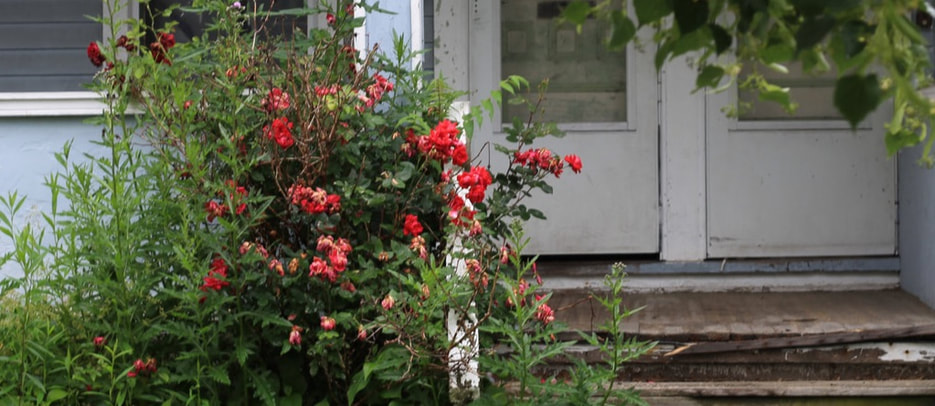
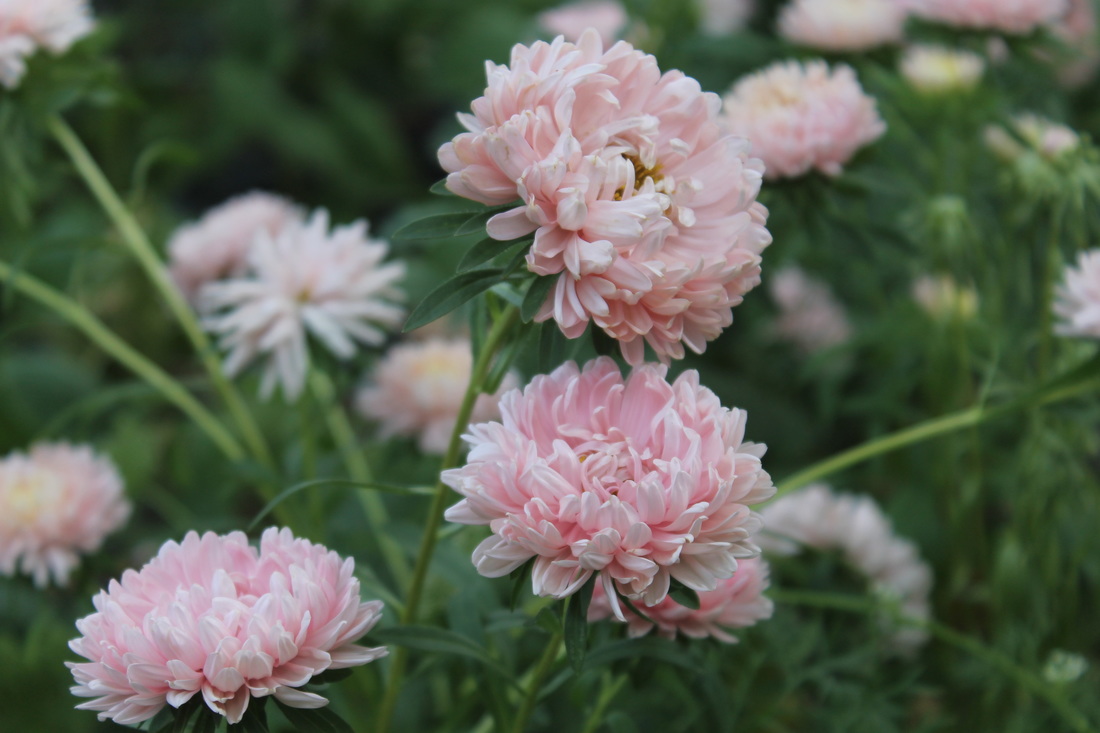
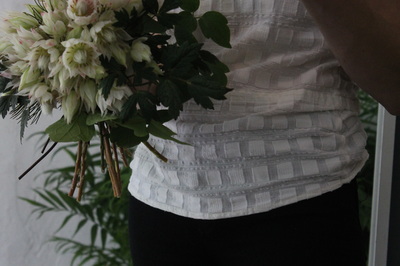
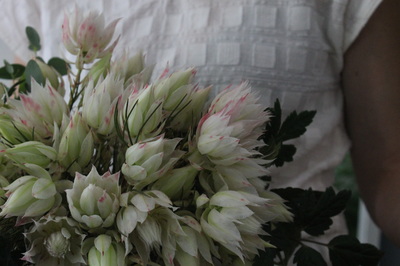
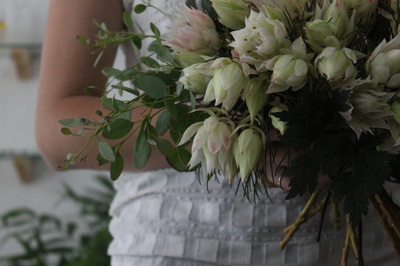
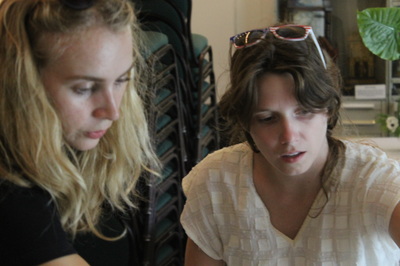
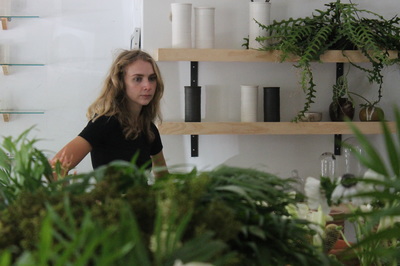
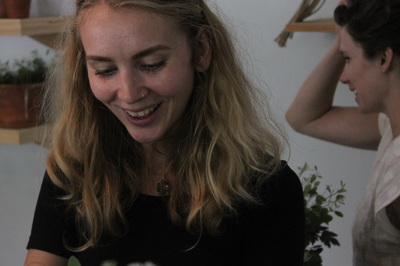
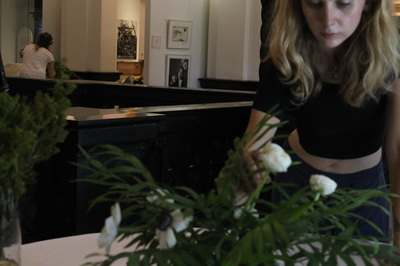
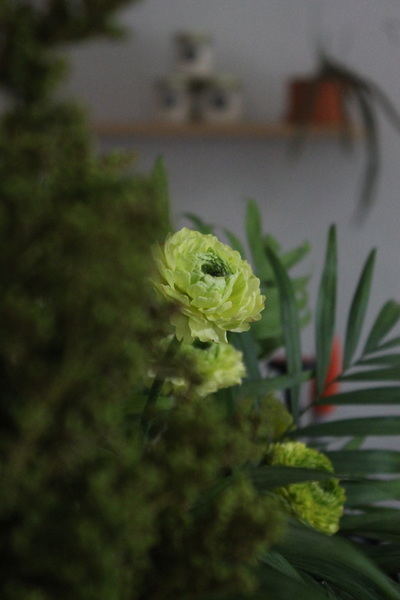
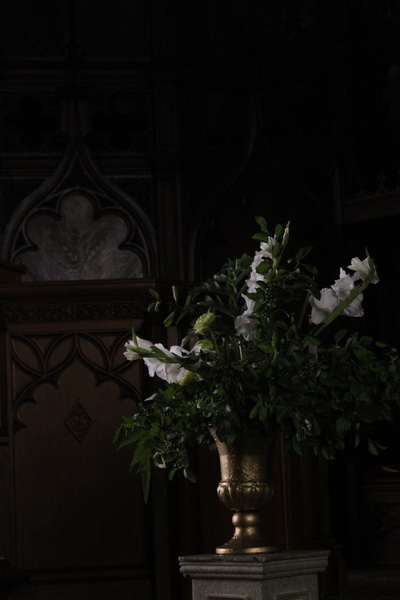
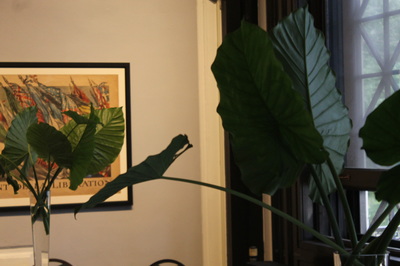
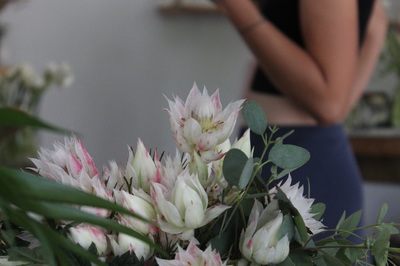
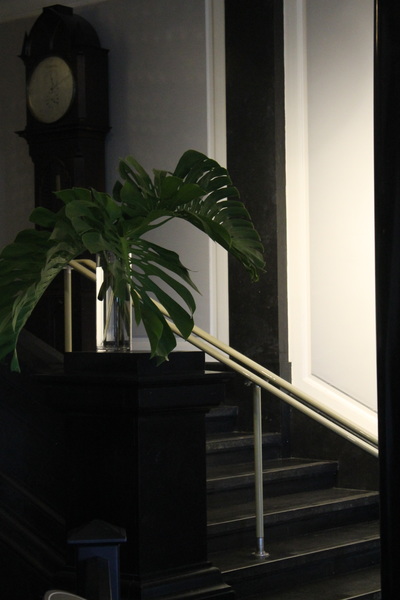
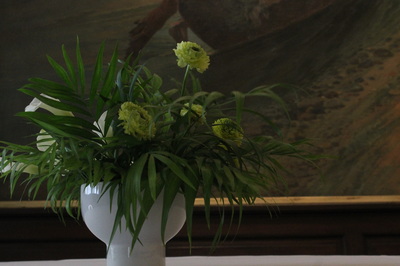
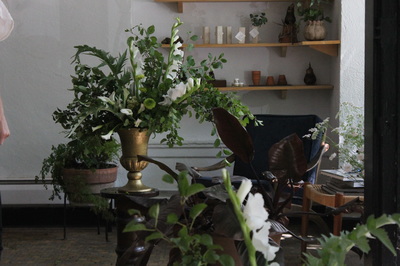
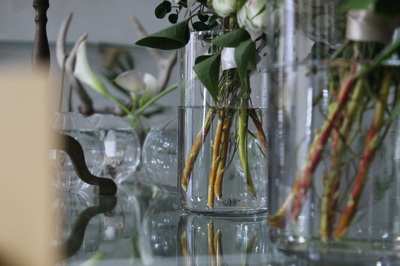
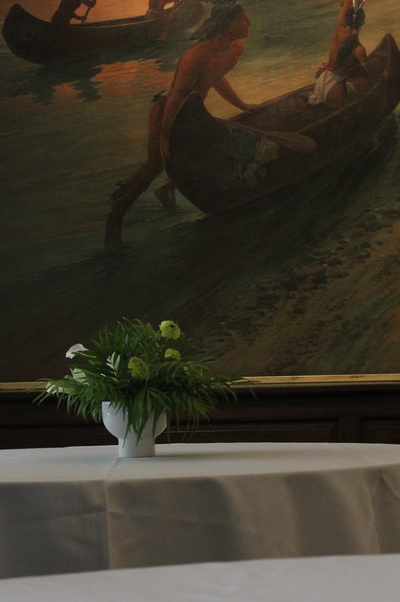
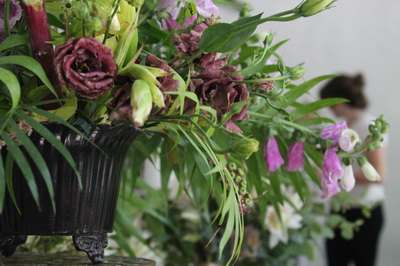
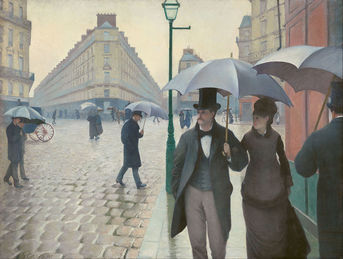
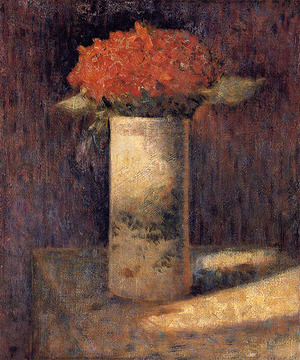
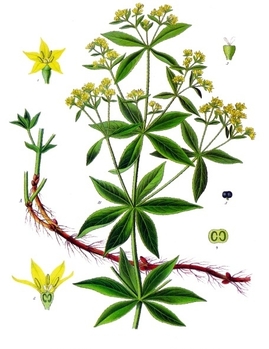
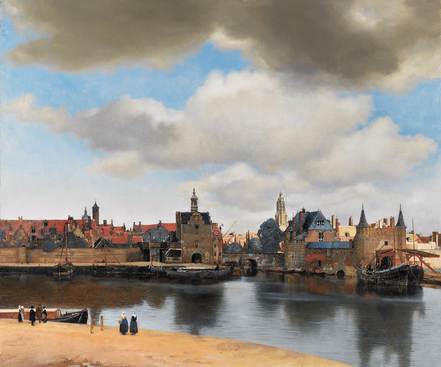

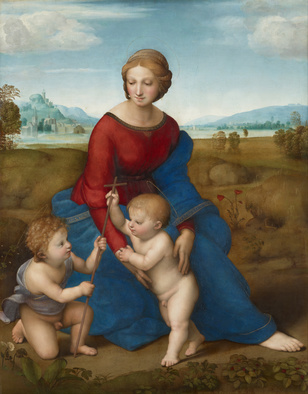
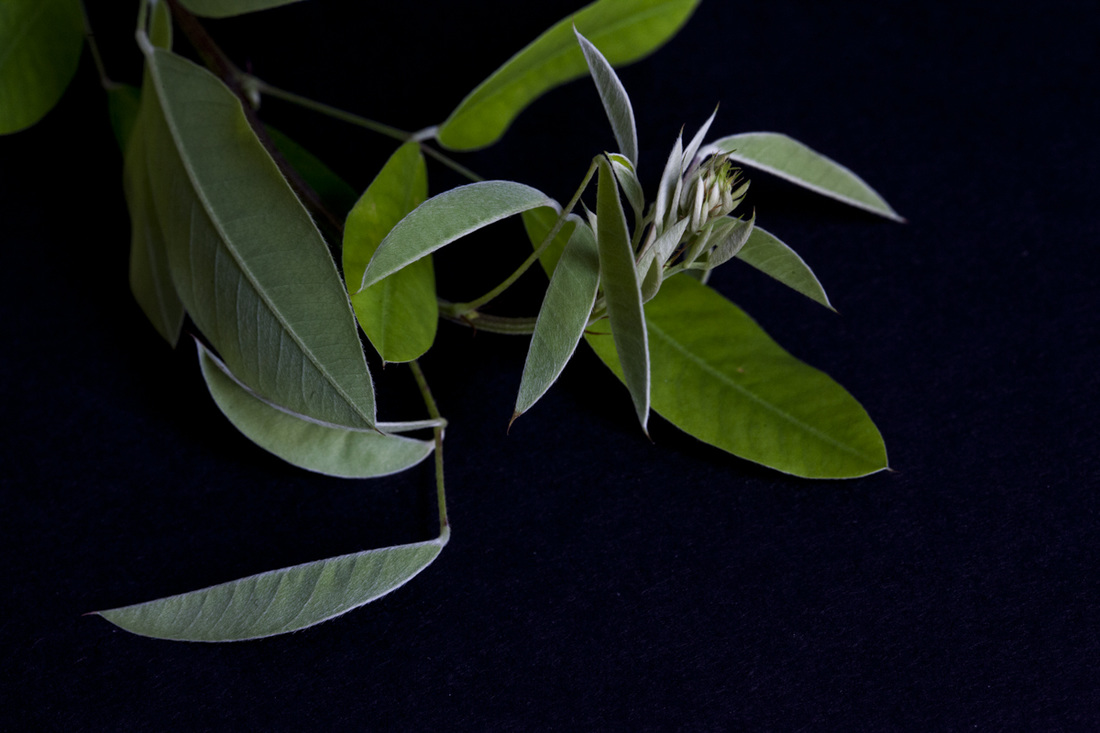
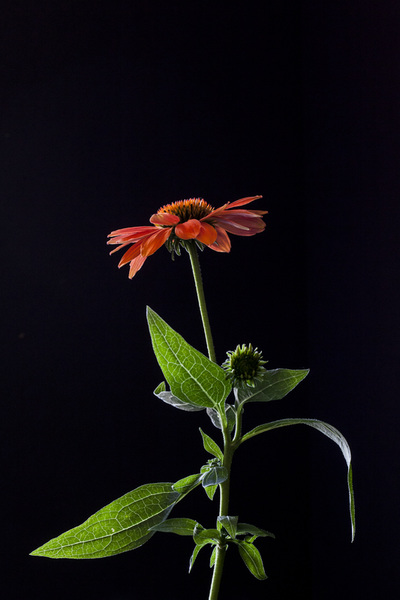
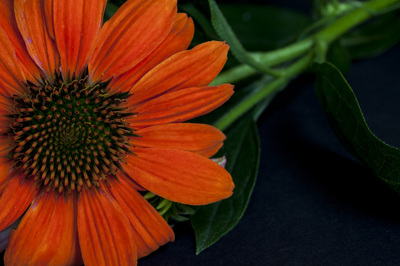
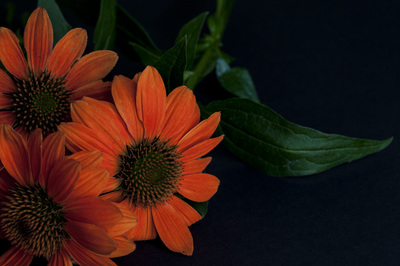
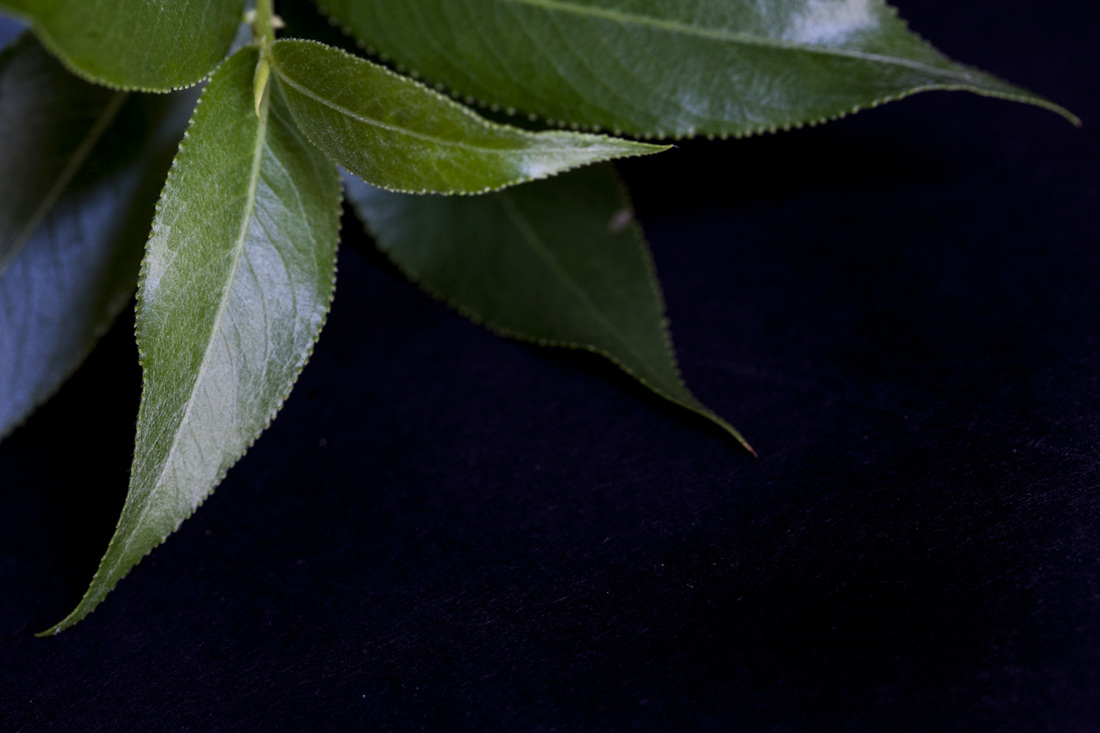
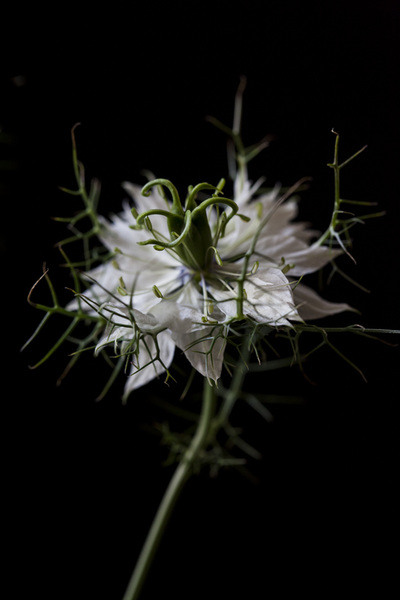
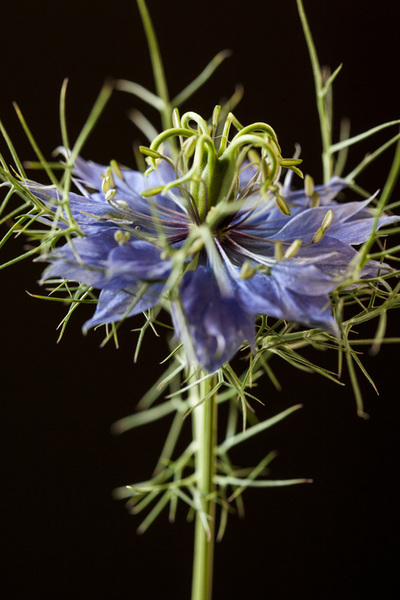
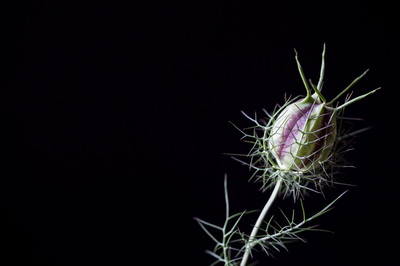
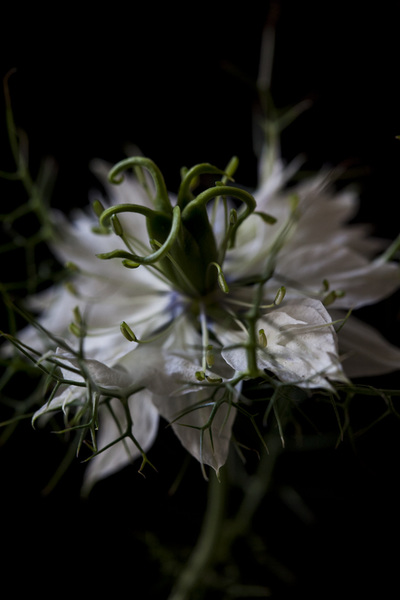
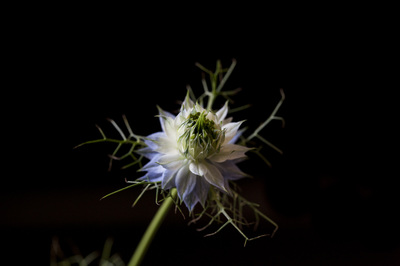
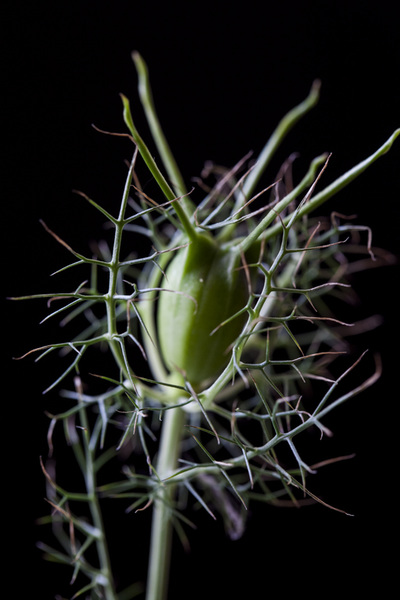
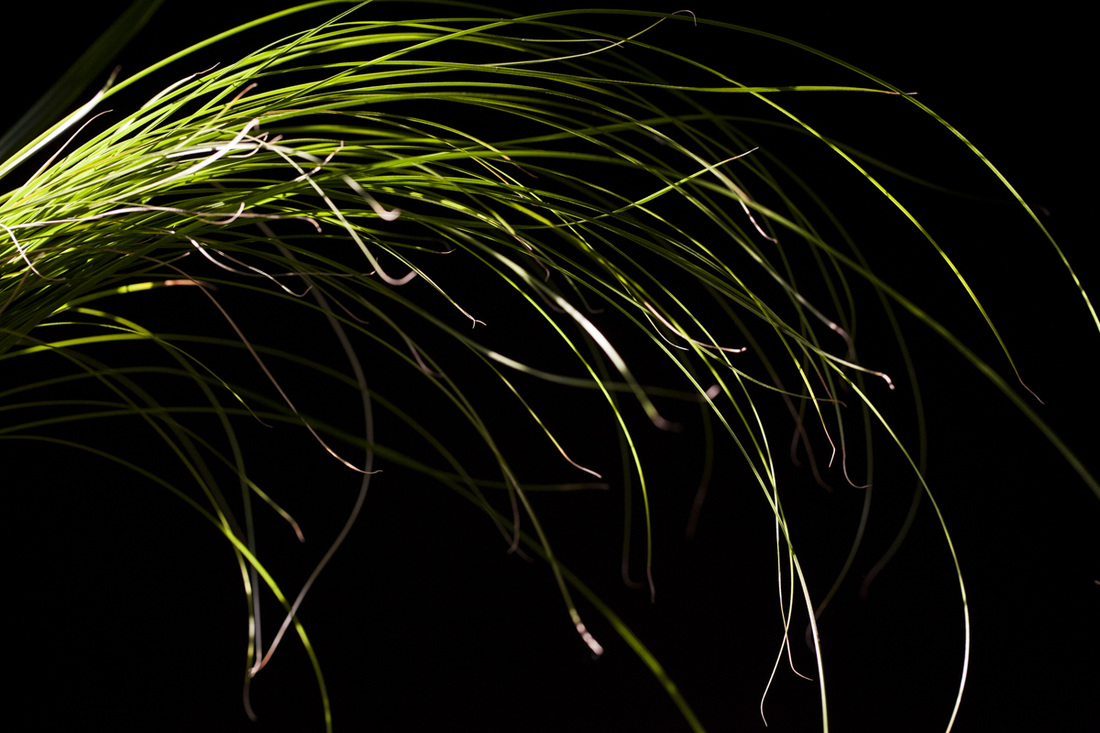
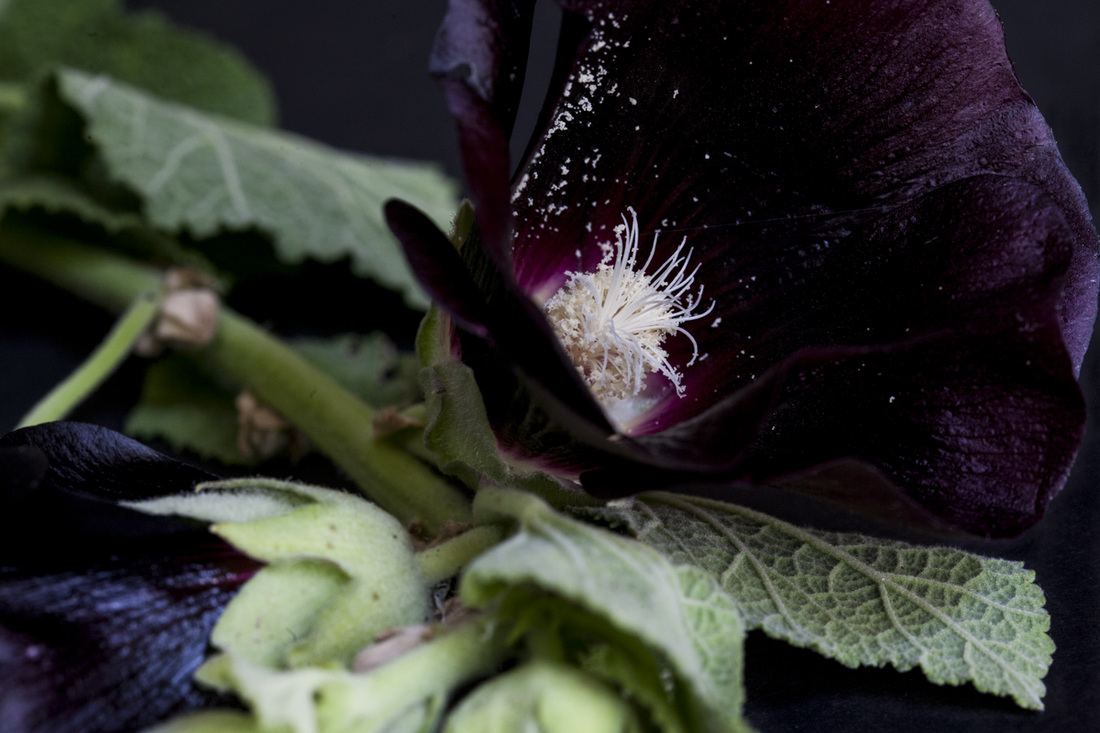
 RSS Feed
RSS Feed